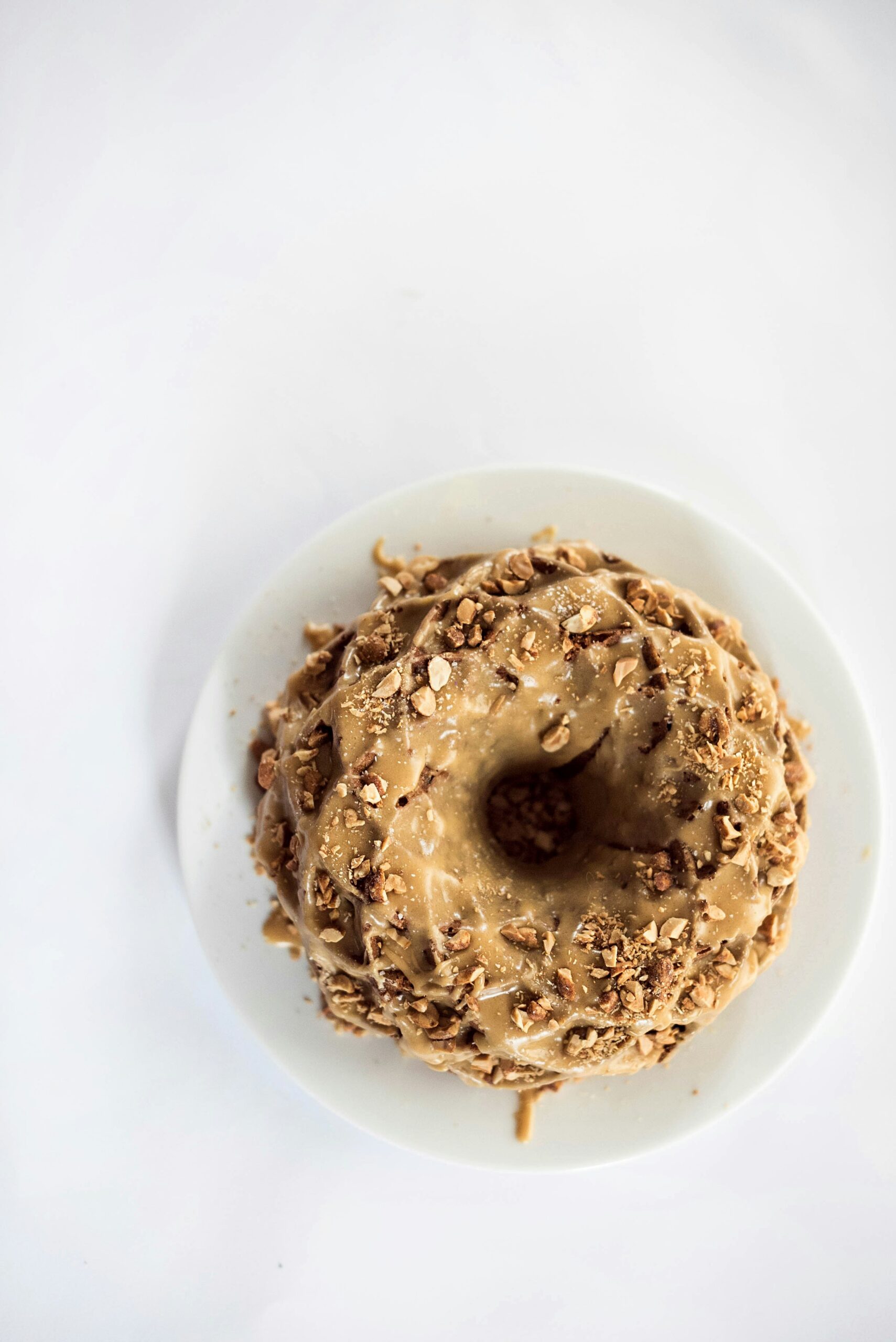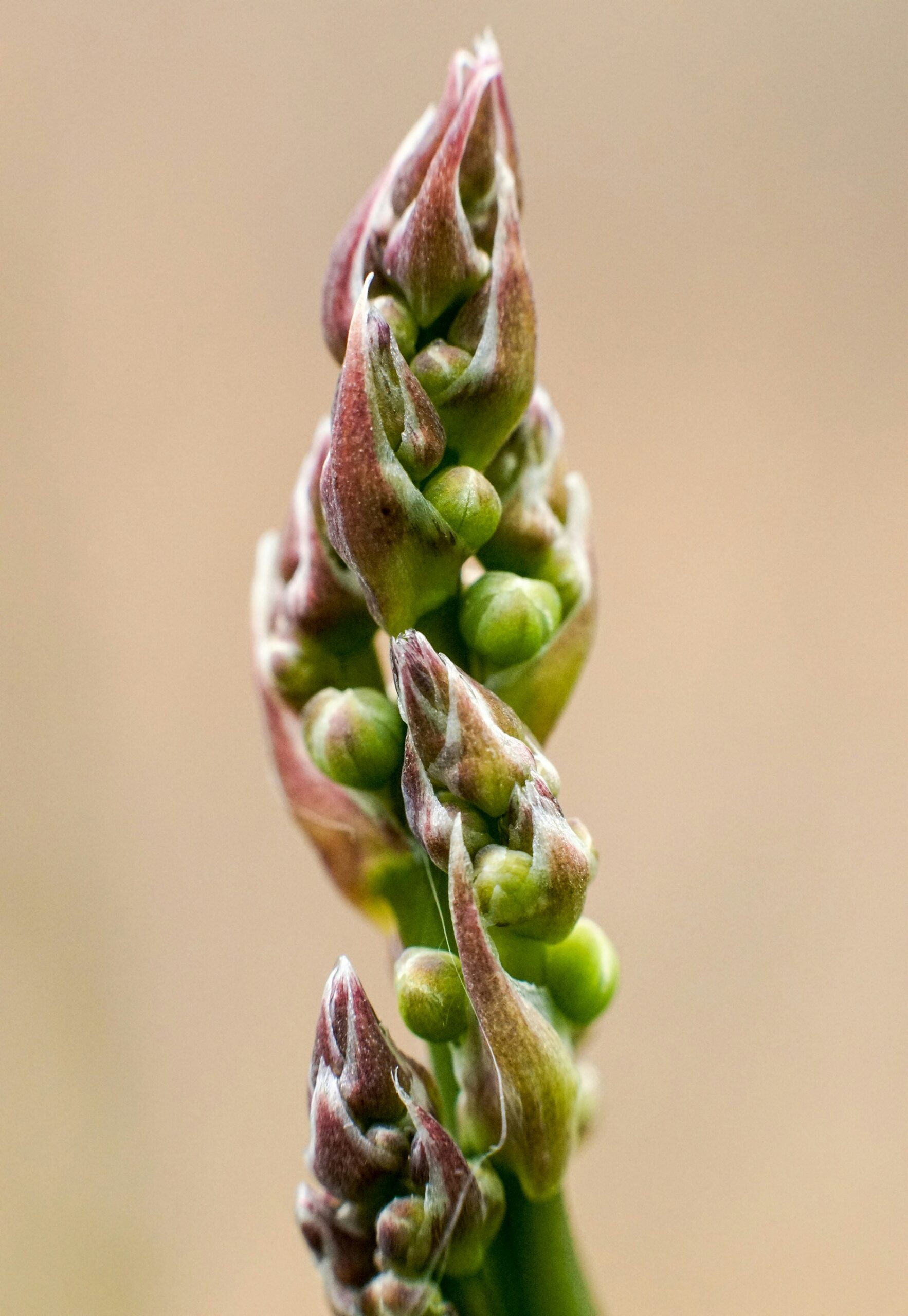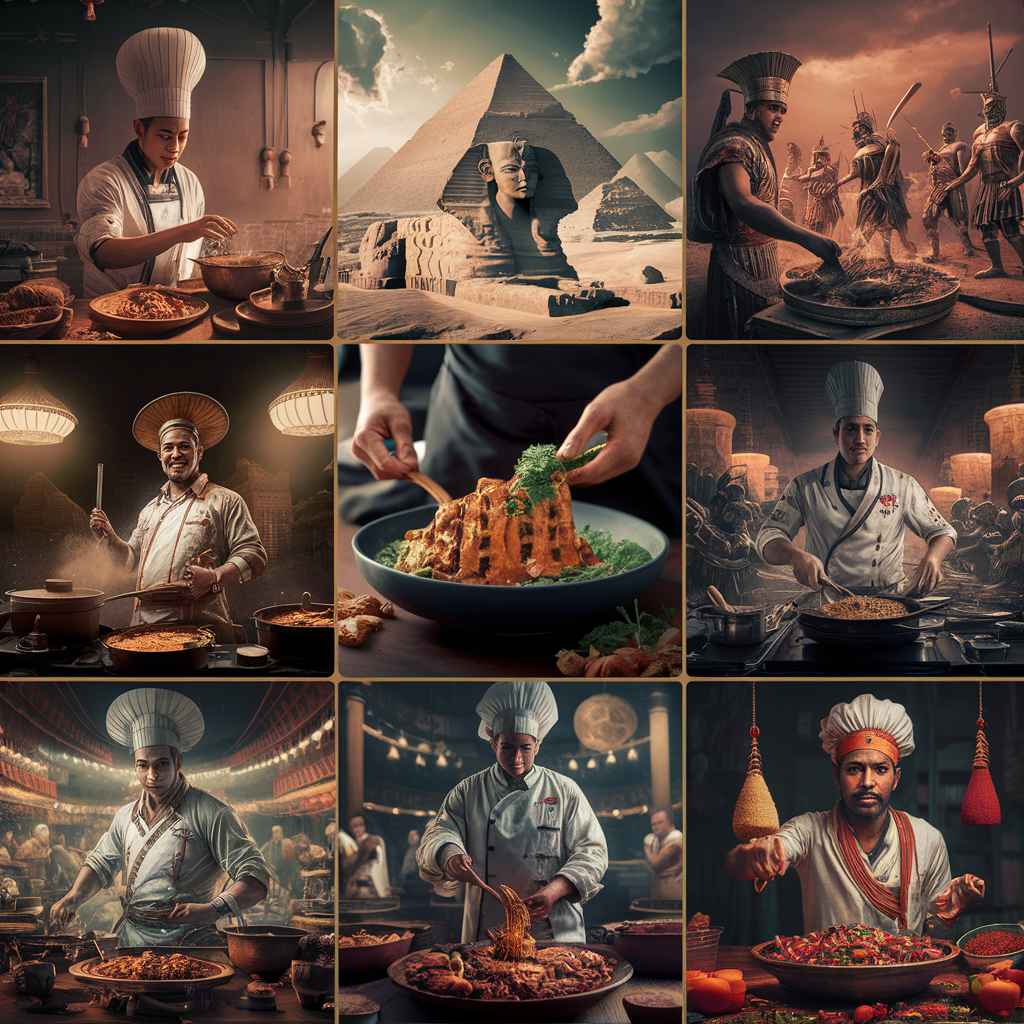Savoring Stories: Culinary Traditions That Bring Families Together
As we gather around the dinner table, a comforting ritual unfolds—one that transcends generations and weaves together stories, flavors, and laughter. Culinary traditions have always played a pivotal role in family life, shaping not just meals but also the very essence of who we are. It’s a dance of spices, a symphony of tastes, and a tapestry of memories stitched together by the hands that prepare them. Each dish holds a story, a connection to our roots, and often, a secret ingredient that adds a dash of love.
The Power of Tradition
Traditions in the kitchen can feel like a warm embrace on a cold day. They remind us of home, of family, and of a time when the world felt a little simpler. Think back to your childhood—was there a special dish that your family made? Perhaps it was your grandmother’s legendary lasagna or your mother’s famous chocolate chip cookies. These dishes become milestones in our lives, celebrated on birthdays, holidays, or just random Tuesday nights when nothing else seems to fit.
For many, the act of cooking is as much about the food itself as it is about the experience of sharing it. A recent study from the American Psychological Association suggests that families who regularly dine together report stronger relationships and better communication. (I knew there was a reason my parents nagged us to be home for dinner!)
Regional Influences on Culinary Traditions
Culinary traditions can vary dramatically from one region to another. Take Italy, for instance, where family recipes often span generations, passed down with unwavering pride. Each region boasts its own specialties, from the rich, creamy risottos of the north to the spicy, vibrant dishes of the south. In my travels through Tuscany, I once encountered a nonna (grandmother) who insisted I taste her homemade pici—thick, hand-rolled pasta served with a simple garlic and olive oil sauce. It was a dish that spoke volumes, echoing her family’s history and the land that nurtured it.
In the American South, the culinary landscape offers a different yet equally rich tapestry. The tradition of Sunday supper is a cherished practice, where families gather to share fried chicken, collard greens, and cornbread. It’s a time for storytelling, where each bite is accompanied by laughter and a sense of belonging. I recall my first experience at a southern family gathering—the warmth of the food was matched only by the warmth of the people.
Food as a Memory-Maker
Food has a unique ability to evoke memories, often in the most unexpected ways. The smell of freshly baked bread can transport you back to your childhood home, while the taste of a particular spice might remind you of a family vacation. This phenomenon is known as “food nostalgia.” Studies have shown that sensory memories, particularly those linked to taste and smell, can elicit strong emotional responses.
Consider the power of a family recipe that has been meticulously preserved over decades. My own family’s Thanksgiving stuffing recipe, which includes a blend of herbs, sausage, and a touch of apple, is more than just a dish; it’s a rite of passage. Each year, as we prepare it together, we reminisce about past gatherings, sharing stories that often lead to tears of laughter—or, let’s be honest, sometimes tears of joy (or frustration when the turkey doesn’t turn out as expected!).
The Role of Food in Cultural Identity
Food is a cornerstone of cultural identity. It reflects who we are, where we come from, and the shared experiences that bind us together. For immigrant families, culinary traditions can serve as a lifeline, connecting them to their heritage while helping to bridge the gap between old and new worlds.
Take, for example, the vibrant community of Mexican-Americans in the southwestern United States. Dishes like tamales, pozole, and enchiladas serve not only as a means of nourishment but also as a celebration of culture. I once attended a family gathering where tamales were being made en masse, a labor-intensive task that brought everyone together. The laughter, the stories, and even the occasional mishap (who knew tamale-making could lead to such culinary chaos?) created a sense of unity that was palpable.
Family Recipes: The Ties That Bind
Family recipes are the glue that hold our culinary traditions together. They often come with an unwritten rule: they are to be cherished and passed down through generations. These recipes become part of our personal narratives, carrying with them stories of love, loss, and triumph. I’ve often found myself reminiscing about my late aunt’s famous chocolate cake, a recipe she guarded fiercely. The first time I attempted to bake it, I forgot the baking powder and ended up with a dense brick rather than the light, fluffy cake I remembered. (I could almost hear her chuckling at my misstep.)
In her honor, I’ve made it a tradition to host a family baking day where we recreate her recipe together. It’s a chance to share stories, laugh at my earlier blunders, and keep her spirit alive through the joy of cooking. Each slice of cake served is a reminder of her love, a piece of her legacy that we all savor.
Celebrating Diversity in Culinary Traditions
Our world is a melting pot of culinary traditions, and the beauty lies in the diversity of flavors, ingredients, and techniques. Food is a universal language that can bring people of different backgrounds together, fostering understanding and appreciation for one another’s cultures. Whether it’s a potluck dinner featuring dishes from various countries or a neighborhood cook-off, these gatherings celebrate the rich tapestry of our shared humanity.
Consider the annual International Food Festival held in my hometown—a vibrant event where families set up booths representing their heritage. The aroma of spices wafts through the air as you sample dishes from around the globe. One moment, you’re indulging in spicy curry from India, and the next, you’re biting into a delicate pastry from France. These experiences are more than just culinary adventures; they’re opportunities to forge connections and share stories that transcend borders.
The Emotional Connection to Food
Have you ever noticed how food can trigger emotions? Comfort food, especially, has a way of wrapping around you like a cozy blanket on a chilly night. The act of preparing and sharing these dishes acts as a balm for our souls, offering solace during difficult times. I remember a particularly challenging week when a friend surprised me with a homemade batch of chicken soup. It was more than just a meal; it was a gesture of love and support that lifted my spirits.
Research has shown that certain foods can evoke specific emotions, often tied to memories. Chocolate, for instance, is frequently associated with feelings of happiness and indulgence. And let’s not forget the role of food in celebrating milestones—birthdays, weddings, and holidays are often marked by feasts that bring families together. It’s no coincidence that the phrase “breaking bread” carries such weight, symbolizing unity and shared experiences.
Culinary Traditions Around the World
As we delve deeper into the culinary traditions that bind families together, let’s take a tour around the globe. Each culture offers a unique perspective on food, and the rituals that accompany meal preparation and sharing can be fascinating.
Italian Sunday Dinners
In Italy, Sunday dinners are a sacred tradition, often featuring an elaborate spread of pasta, meat, and desserts. Families gather, sharing not just food but also laughter and stories. I remember my first Sunday dinner in a small Italian village; the warmth of the family’s hospitality felt like a warm embrace. There were countless courses, each more delicious than the last, and the conversations flowed as freely as the wine.
Jewish Shabbat Meals
The Jewish tradition of Shabbat brings families together every Friday evening to celebrate the end of the week. The rituals often include lighting candles, reciting blessings, and sharing a meal that typically features challah bread and wine. The atmosphere is filled with warmth and reflection, as families take a moment to connect and express gratitude. I’ve had the privilege of experiencing a Shabbat dinner, and the sense of community was palpable—a reminder of the power of shared meals.
Mexican Family Gatherings
Mexican family gatherings are often lively affairs, filled with music, laughter, and, of course, an abundance of food. Dishes like tamales, tacos, and mole are staples, and the preparation often involves the entire family. I once joined a family in preparing a traditional mole sauce, a process that took hours but was worth every minute. The result was a rich, complex dish that told the story of their heritage and the love that went into it.
Indian Festivals and Feasts
In India, food plays a central role in festivals and celebrations, with elaborate feasts that can last for days. Dishes vary from region to region, each reflecting local ingredients and culinary techniques. At a Diwali celebration I attended, the air was filled with the aroma of spices as families prepared sweets and savory snacks. The joy of sharing these dishes was evident, as friends and family came together to celebrate the festival of lights.
Southern BBQ Cookouts
In the southern United States, BBQ cookouts are a time-honored tradition, bringing families and friends together for a day of grilling, music, and camaraderie. The smell of smoked meats wafts through the air, and the laughter of children playing nearby adds to the festive atmosphere. I once attended a cookout where the competition was fierce, with each family vying for the title of best ribs. It was an unforgettable day filled with delicious food and unforgettable stories.
Preserving Culinary Traditions
As we explore the rich tapestry of culinary traditions, it’s essential to consider how we can preserve these practices for future generations. In an age of fast food and instant meals, the art of cooking can sometimes feel overshadowed. However, there’s a growing movement to revive these traditions, emphasizing the importance of home-cooked meals and shared experiences.
One way to preserve culinary traditions is through storytelling. Sharing the history behind family recipes can help younger generations understand their significance. I’ve started a family cookbook project, where each family member contributes their favorite recipe along with a personal story. It’s a fun way to connect and ensure that our culinary heritage is not lost.
Another approach is to engage children in the kitchen. Teaching them how to cook, not just for sustenance but as an art form, can instill a sense of pride and appreciation for culinary traditions. (And let’s be honest, it’s a useful skill to have—who wants to live on takeout forever?)
Embracing New Influences
While preserving culinary traditions is crucial, it’s also important to embrace new influences. Food is ever-evolving, and culinary fusion can lead to exciting new dishes that marry flavors from different cultures. I’ve seen this firsthand in my own kitchen, where experimenting with ingredients often leads to delightful surprises. The key is to respect the roots of traditional dishes while allowing creativity to flourish.
The Future of Culinary Traditions
As we look to the future, it’s clear that culinary traditions will continue to play a vital role in family life. The challenge lies in balancing the preservation of these practices with the ever-changing landscape of modern cuisine. Technology, globalization, and cultural exchange will undoubtedly shape the way we approach food in the years to come.
Yet, the essence of what makes food special—its ability to bring people together—remains unchanged. Whether it’s a simple meal shared among family or an elaborate feast celebrating a cultural heritage, the stories woven into each dish will continue to connect us. After all, as the old saying goes, “Food tastes better when shared.”
As we savor the stories behind our culinary traditions, let’s remember to cherish the moments spent in the kitchen, the laughter shared around the table, and the love that transforms mere ingredients into cherished memories. So the next time you gather with loved ones, take a moment to appreciate not just the food on your plate but the stories that have brought you all together. Who knows? You might just create a new tradition worth savoring.




